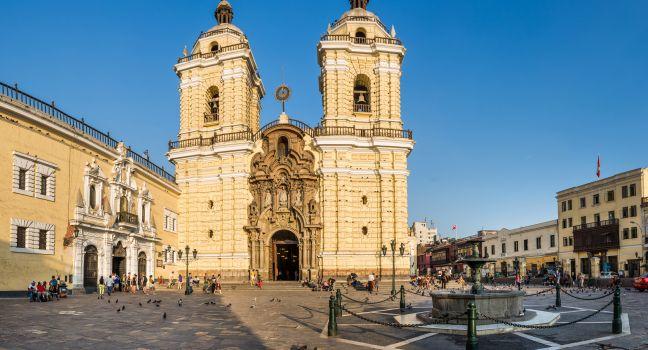Casa de Aliaga
From the outside, you'd never guess this was one of Lima's most opulent addresses. Commonly known as Casa de Aliaga, this stunning example of Spanish-colonial architecture a block from the Plaza de Armas was built in 1535 by Jerónimo de Aliaga, one of Pizarro's officers, and has been continuously inhabited by his descendants ever since. Each room boasts a different period décor, from colonial to republican, and Jerónimo's German-made sword is still on display in one of the salons. To visit, you must hire an officially approved guide or go as part of a city tour.





